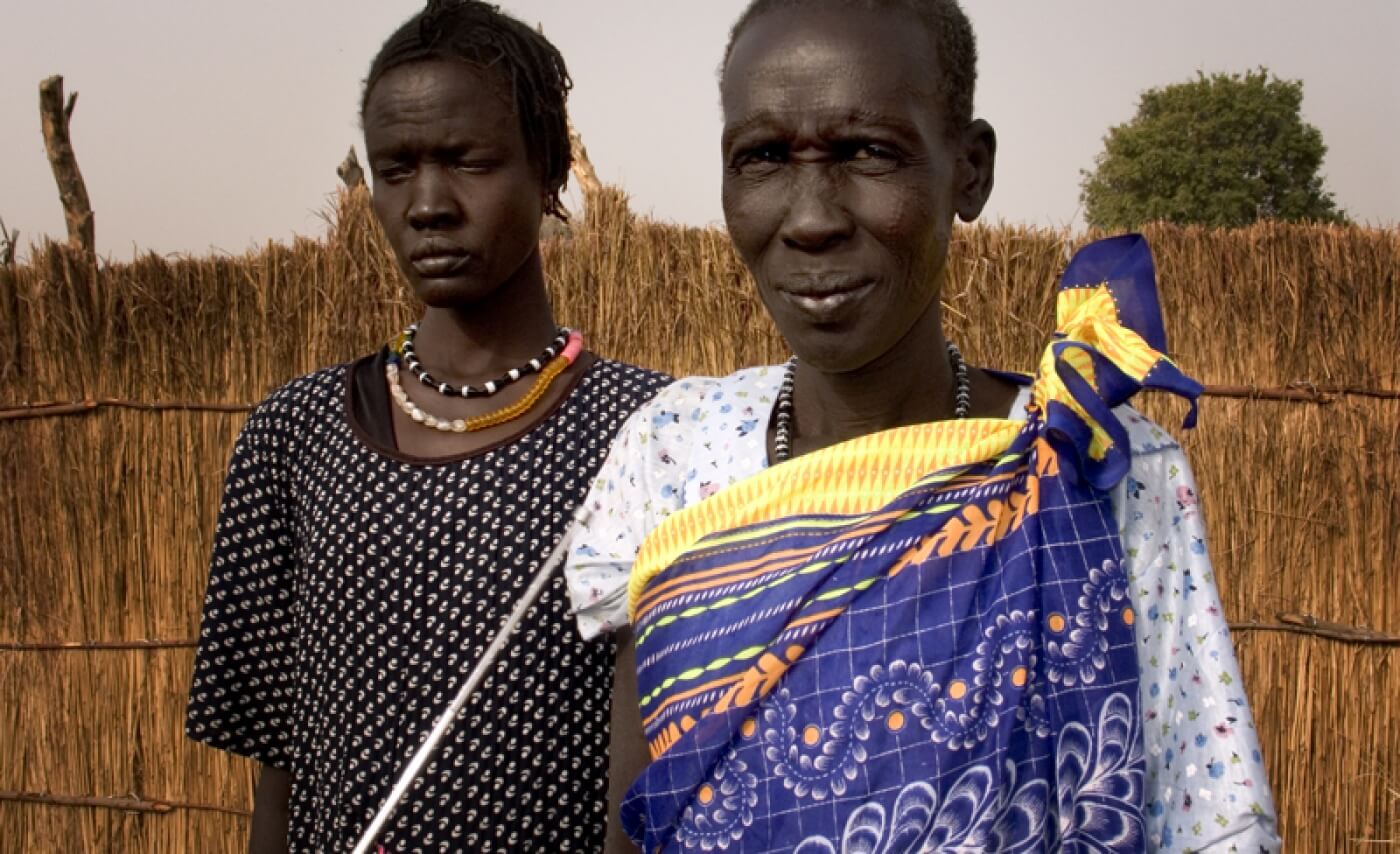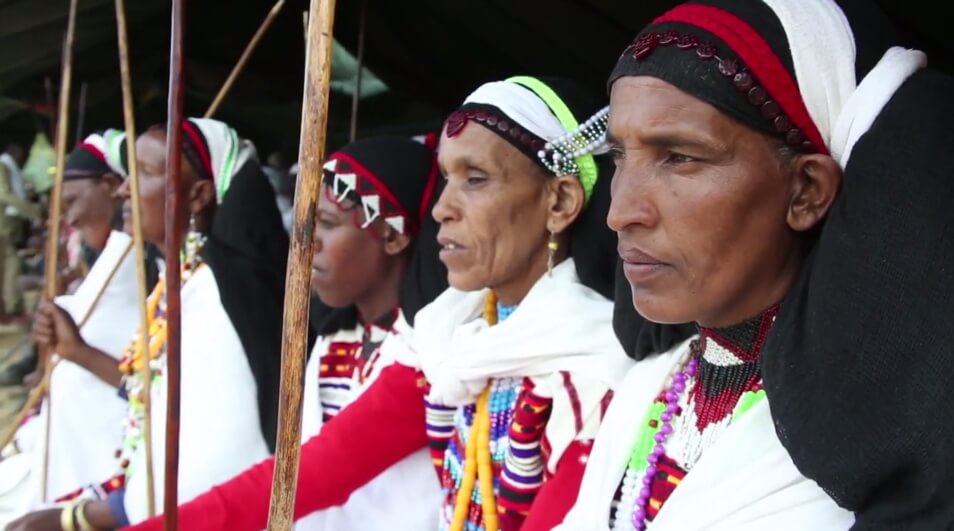The indigenous peoples of Ethiopia make up a significant proportion of the country’s estimated population of 95 million. Around 15% are pastoralists and sedentary farmers who live across the country, particularly in the Ethiopian lowlands, which constitute some 61% of the country’s total landmass. There are also a number of hunter-gathering communities, including the forest-dwelling Majang (Majengir) and Anuak people, who live in the Gambela region.
Ethiopia is believed to have the largest livestock population in Africa, a significant number of which are in the hands of pastoralist communities living on land which, in recent years, has become the subject of high demand from foreign investors. Such “land grabbing” has only emphasised the already tenuous political and economic situation of indigenous peoples in Ethiopia. The Ethiopian government’s policy of villagization has seen many pastoralist communities and small-scale farmers moved off their traditional grazing lands, and indigenous peoples’ access to healthcare provision and to primary and secondary education remains highly inadequate. There is no national legislation protecting them, and Ethiopia has neither ratified ILO Convention 169 nor was present during the voting on the UN Declaration on the Rights of Indigenous peoples (UNDRIP). Political uncertainty in Ethiopia in recent years has compounded the problems that indigenous peoples face there.
International Work Group for Indigenous Affairs, The Indigenous World 2011



